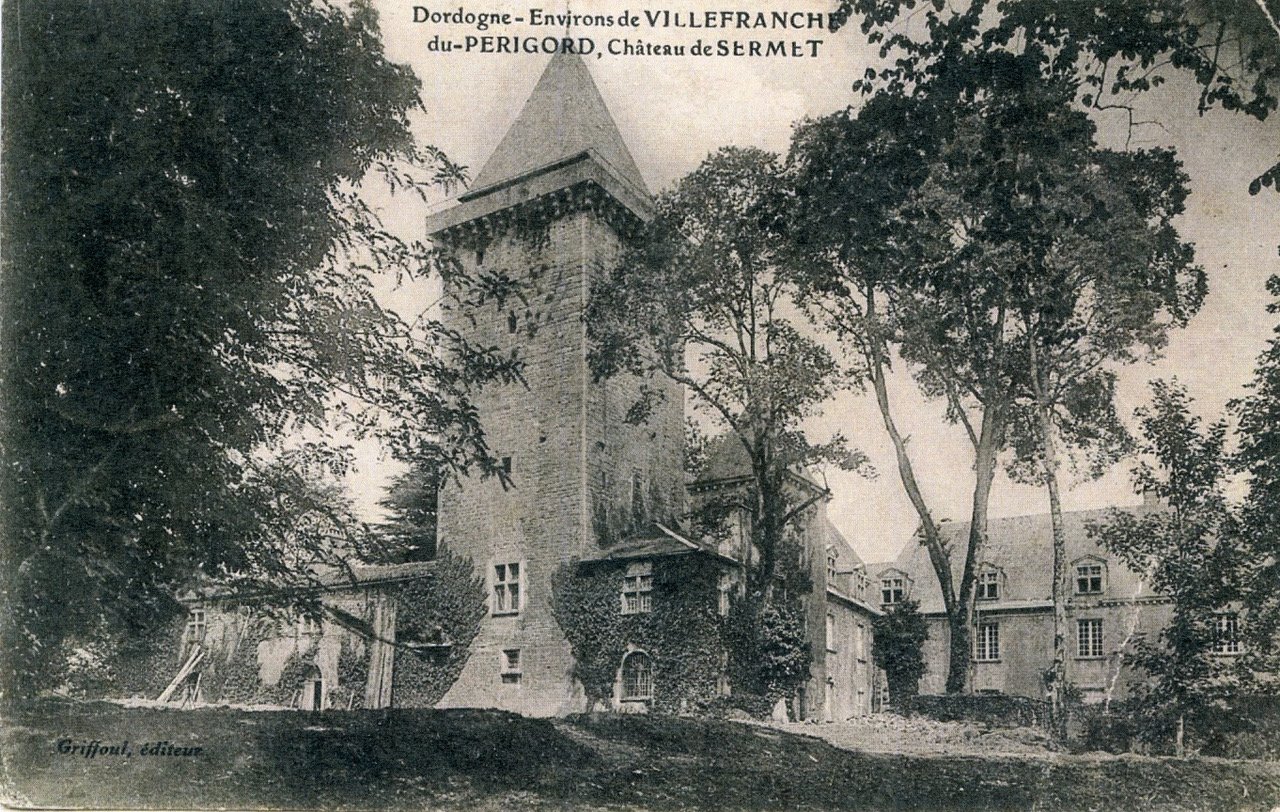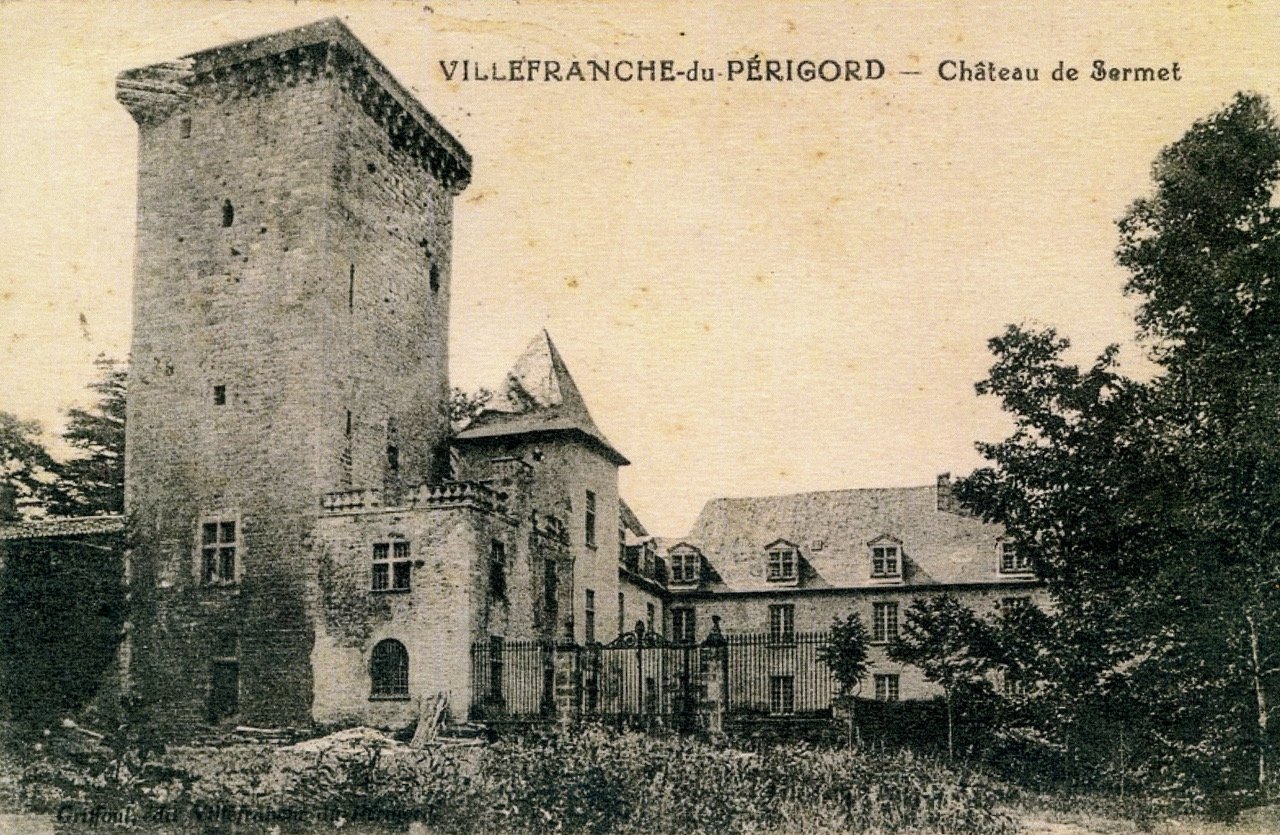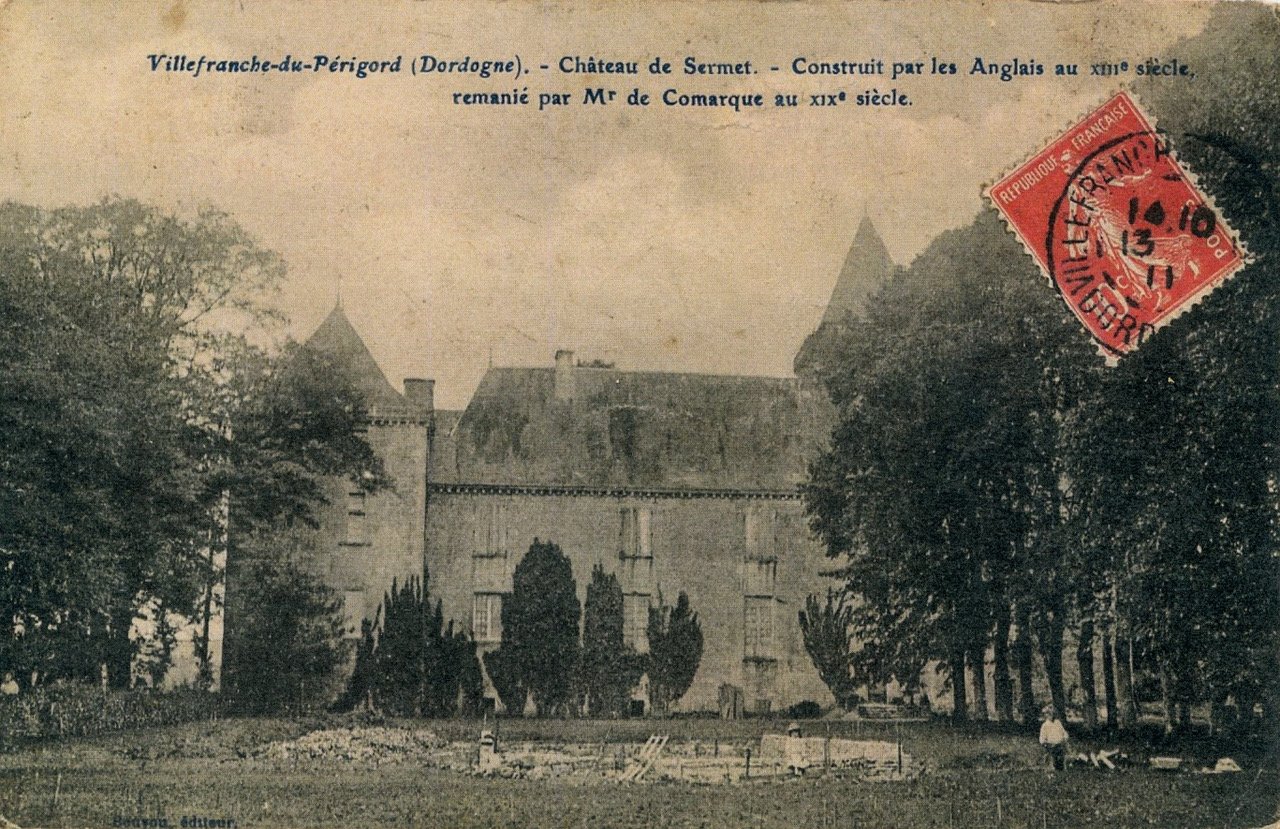
HISTORY OF THE CHATEAU
Club des Autos is set in a building of magnificent proportions and historic importance.
The Château of Sermet has its origins in the XIIIth and XIVth centuries, however the origin of the name Sermet comes from the Sarmatians, a nomadic race originally from Central Asia, 4th Century BC. Several Sarmatian swords have been found in the area and can be seen in archaeological museums.




Club des Autos is set in a building of magnificent proportions and historic importance, called Chateau de Sermet. The Lords of Sermet first appear in the annals of the 13th century. In 1280, Lords of Sermet and Sauveterre In 1262, Gaillard del Pech, knight and witness to the founding charter of Villefranche, married their daughter to Grimoard de Sermet. In 1289, they contributed to the dowry of his grand-daughter, Gaillarde de Sermet. In 1296, Guiral de Sermet is witness to a contract between a del Pech and Bernard de Pestilhac. In 1323, Bertrand de Sermet marries Hélène de Guiscard. In 1352, during the Hundred Years War, the Sermets stay loyal to the French throne. The Sermets are allied to the Pujols of Blanquefort to defend the villages of Sauveterre-la-Lémance and Villefranche-du-Périgord. In 1400, Sermet belonged to Antoine de Sermet who married Jeanne d'Hautefort and left it to his heir son Jean de Sermet. In 1504, Jean de Sermet declared to the King his nobles; both those directly and indirectly reporting to him. He dies childless because in 1505 his estate is found in the hands of Martial de la Roque, Lord of Saint-Pompon who leaves them under a codicil to his will to his nephew Jacques de Cugnac.
Several centuries later, in 1929 Chateau de Sermet was sold to an English family, the Hayters who looked after the Chateau dearly and a farmer was asked to farm the land. But the Second World War and the German invasion in June 1940 forced them to abandon Sermet urgently. They took the last boat for England before the German troops arrived. The Germans didn't know about Sermet, therefore the French Army stayed there before the armistice. Eventually it was the Resistance that would occupy the space.
These were maverick partisans. Then the Parrot group named after the schoolteacher from Loubéjac who founded the group in June 1944. Seven or eight parachute jumps happened near the château, the phrase that announced them at the BBC was : « Serpolet, have a drink and think » … During this period, some nazi miliciens (Secret police) were arrested by the resistants and executed in the cellars of Sermet without anyone really knowing exactly when or why however the bullet traces on the walls still give witness today. The Chateau is rooted in history and even motoring history as it was once home to a Bugatti T37.
